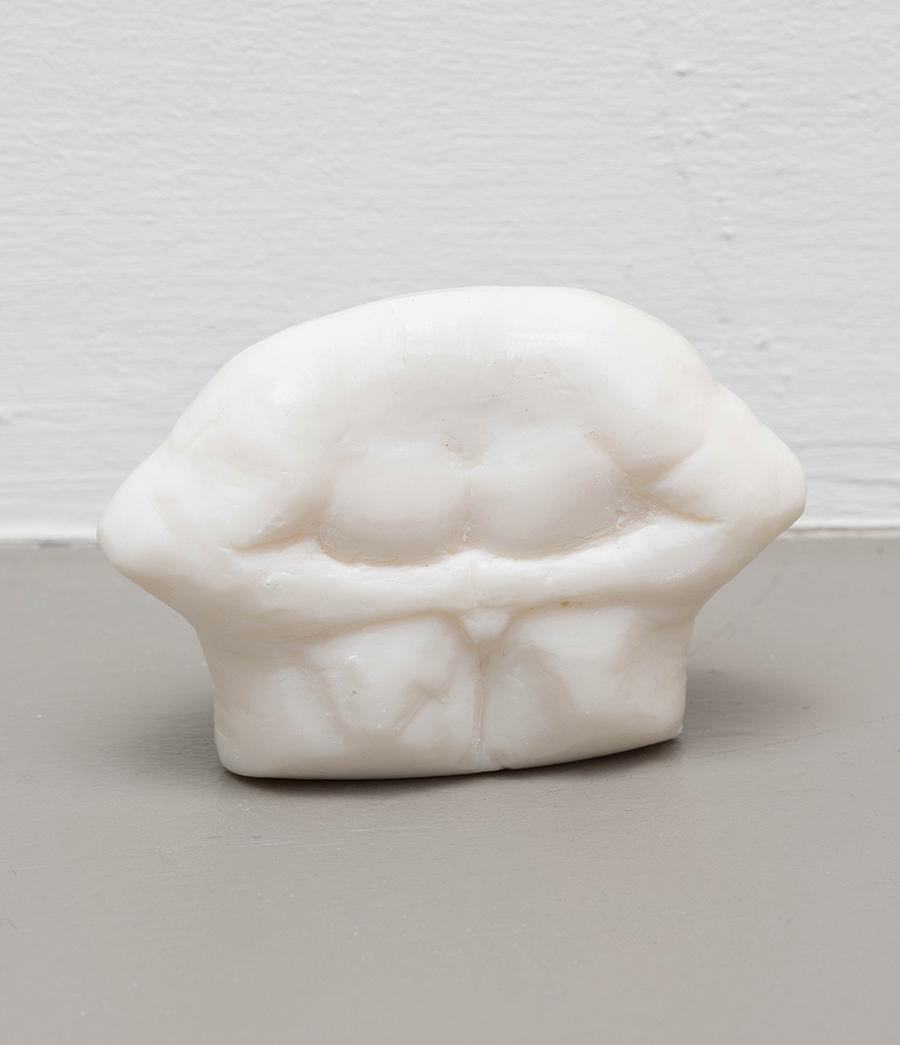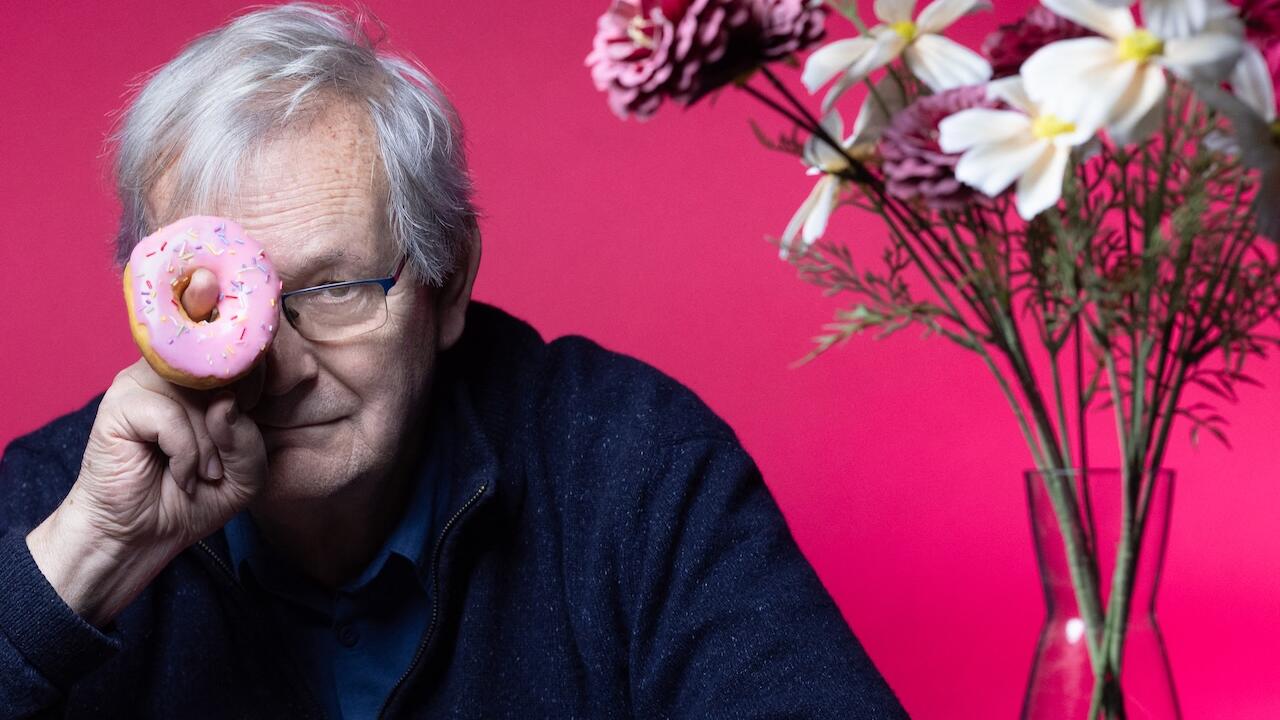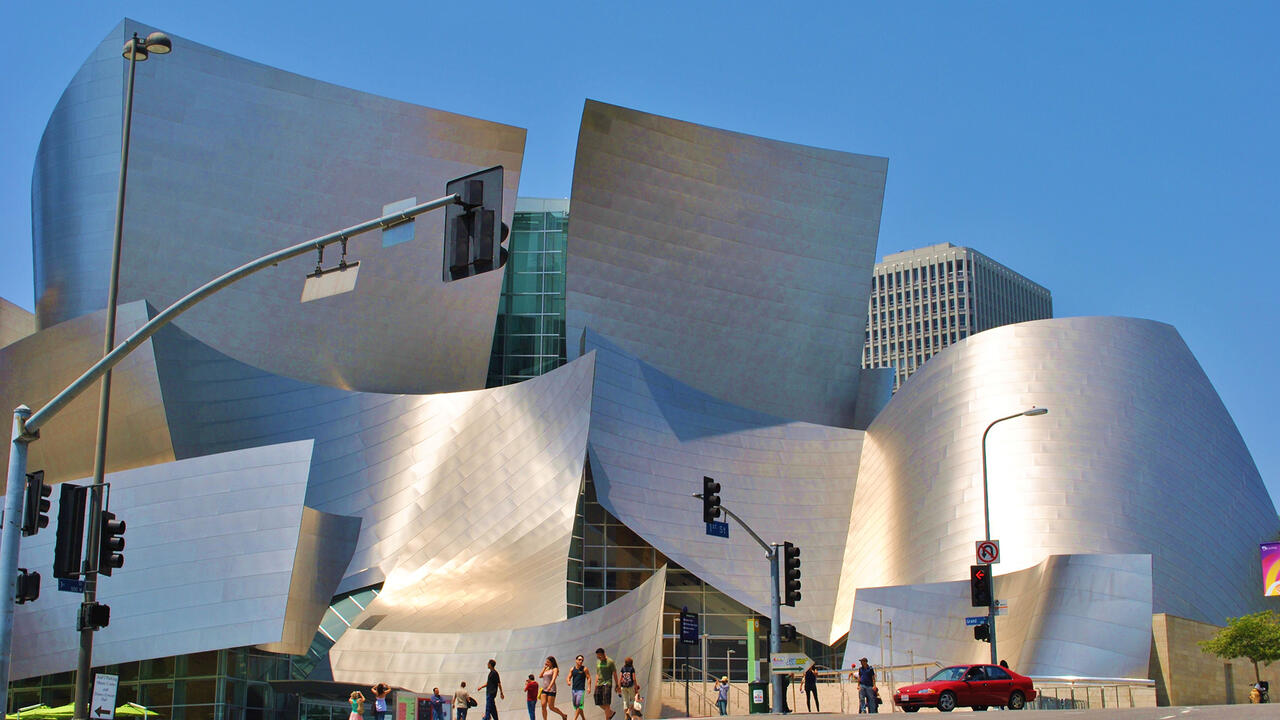Are Bodybuilders Contemporary Artists?
Driven mostly by a desire for aesthetic perfection, the sport should be reconsidered as an art form
Driven mostly by a desire for aesthetic perfection, the sport should be reconsidered as an art form

In bodybuilding, strength means nothing without the image of strength. Since 1946, when the international bodybuilding league was established, contestants have been judged solely on the basis of aesthetic criteria. This makes bodybuilding unique among sports: if a professional ping-pong player strolls along the beach in a speedo and is not recognized as a ping-pong player, he or she is still a ping-pong player. ‘Effort isn’t always rewarded in a sport that only recognizes appearance,’ former heavyweight champion Bob Cicherillo noted in a 2019 interview for Bodybuilding.com. Since the late 19th century, when Prussia-born, London-based strongman Eugen Sandow popularized the discipline, bodybuilders have been described as artists. Hence it seems only logical that Arnold Schwarzenegger was one of three bodybuilders displayed as living artworks in Charles Gaines’s 1976 exhibition ‘Articulate Muscle: The Male Body in Art’ at the Whitney Museum of American Art in New York.
It might be tempting to define bodybuilding as the popular counterpart to body and performance art. Yet, bodybuilding is less a cult of the carnal body, as is often assumed in the media, and more about immateriality: by sculpting their own flesh, humans can transcend their physical form to approach an ideal. On the one hand, the bodybuilder appeals to the viewer’s aesthetic sensibilities, in the tradition of what Marcel Duchamp dismissed – in a 1959 interview with George Heard Hamilton for Audio Arts – as ‘retinal art’. On the other hand, the discipline suggests that the living, breathing, imperfect body needs to be elevated. As an almost cloisterly practice, refined through often-solitary rituals in the gym, it inevitably carries religious undertones.

In the 1970s, an era of postmodernist high-low fusions, this strange pairing of bodybuilding and art fit in perfectly. Schwarzenegger befriended Andy Warhol; sat for portraits by Robert Mapplethorpe (1976) and Jamie Wyeth (1977); and appeared on a 1977 cover of gay magazine After Dark. In 2019, when I met bodybuilding legend Frank Zane, the 78-year-old recalled what his detractors would say in the early days of his career: ‘You shave your legs? Are you queer?!’ Though perceived to be rigidly hypermasculine, bodybuilding transgresses gender norms. This is especially true of female bodybuilders.
This may be why bodybuilding resonates with contemporary artists, those international champions of gender-bending, non-normative lifestyles. These days, bodybuilders don’t appear in monumental settings, such as Leni Riefenstahl’s Nazi propaganda film Olympia (1938), but mostly in transgressive cultural niches. Writer Kathy Acker, for instance, practised bodybuilding and explored the non-verbal language of the body: ‘Meaning approaches breath as I bodybuild,’ she wrote in her 1993 essay, ‘Against Ordinary Language’. Berlin underground musician and bodybuilder Rummelsnuff served as a live model for the Norwegian painter Bjarne Melgaard in the early 2000s. Polish artist Thomas Buck carves crouching bodybuilders out of soap bars, alluding to the dialectics of solidity, transience and longing for purity typical of the sport (Jusup, 2020). For her 2004 film Tropical Breeze, Argentine-Israeli artist Mika Rottenberg – whose neosurrealist imagery evokes the golden age of the circus, when Sandow rose to fame – collaborated with bodybuilder Heather Foster.

The athlete views bodybuilding as an art form in its own right, telling curator Abi Spinks, in a 2012 interview about her role in Rottenberg’s film: ‘It’s all the same thing, we just have different ways of going about it.’ In her 2015 film Bodybuilding, Hannah Black juxtaposes images of sculpted bodies and architecture, punctuated by text overlays: ‘Please help: my body refuses to grow/change!!!’ and ‘I follow plans to the end and still no gain’. In fact, bodybuilders and contemporary artists share the experience of never reaching an end. In traditional competitive sports there is, at least, a measurable result: this athlete won, that one lost. But in bodybuilding – as in contemporary art – things never come to a final conclusion. Rankings, like sales figures, mark highs but not necessarily limits. ‘The best artist’, like ‘the best body’, is a fiction. This fact resonates well with bodybuilding’s penchant for the immaterial. Perhaps it’s time to free the discipline from its ties to organized sport and create bodybuilding departments at art academies. Rather than wasting away in dreary gymnasia, bodybuilders should present themselves at biennials, where they belong.
This article first appeared in frieze issue 219 with the headline ‘Living Sculpture'.
Main image: Arnold Schwarzenegger in ‘Articulate Muscle: The Male Body in Art’, Whitney Museum of American Art, New York, 1976. Courtesy: Elliott Erwitt and Magnum Photos





















